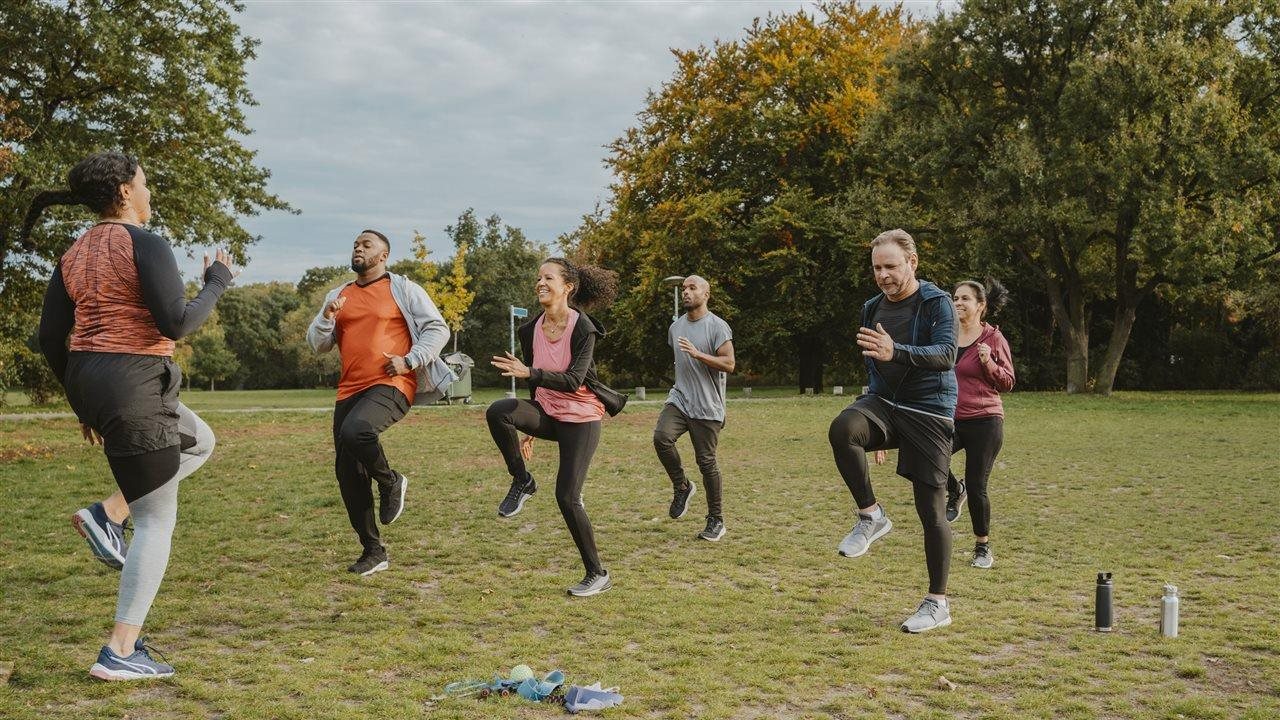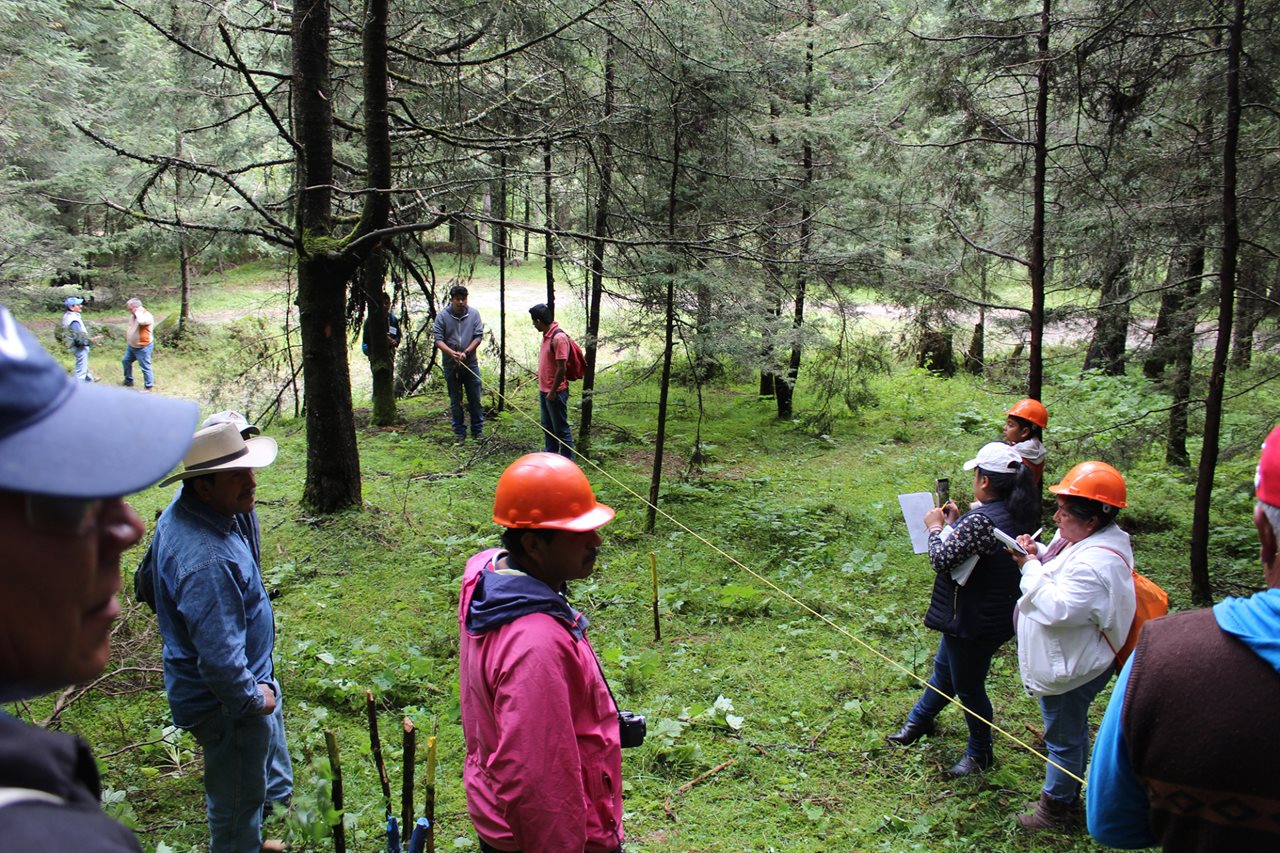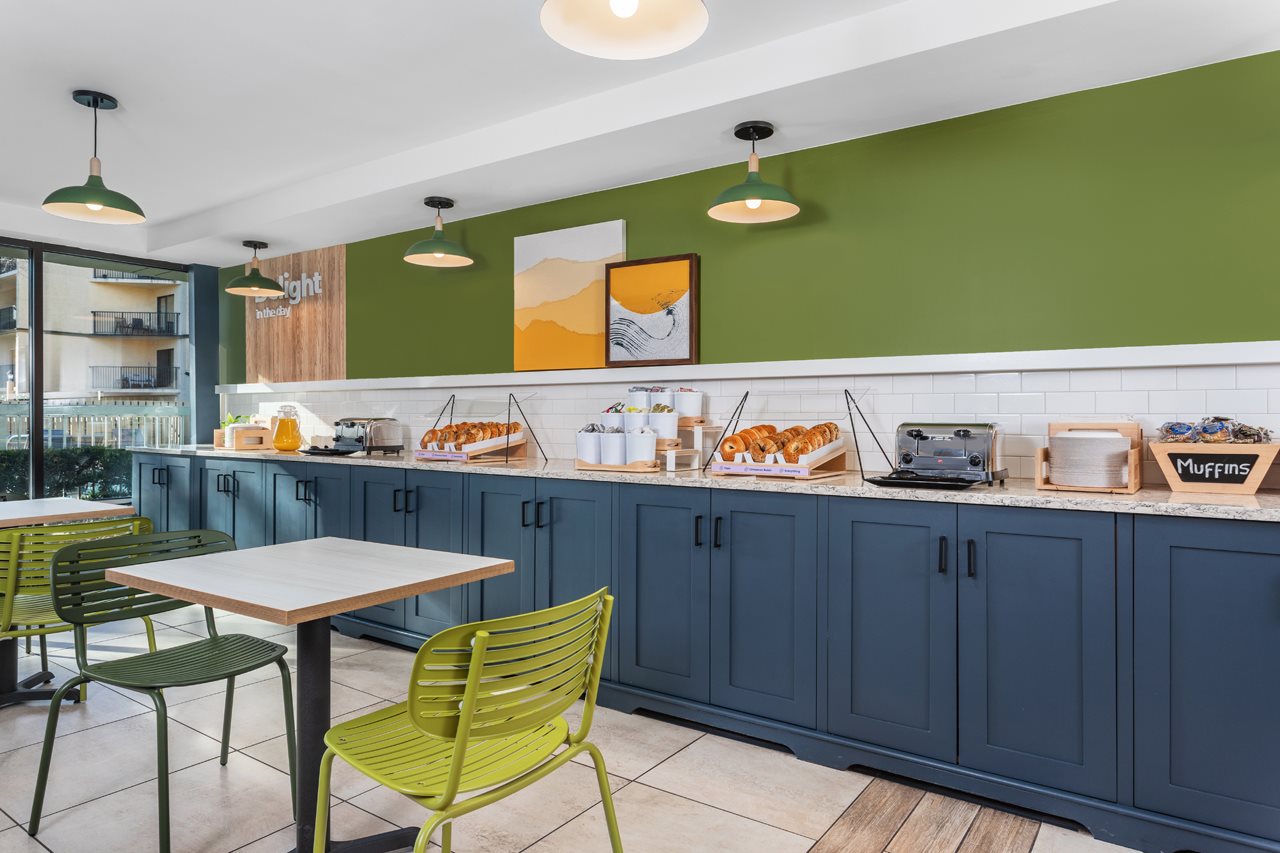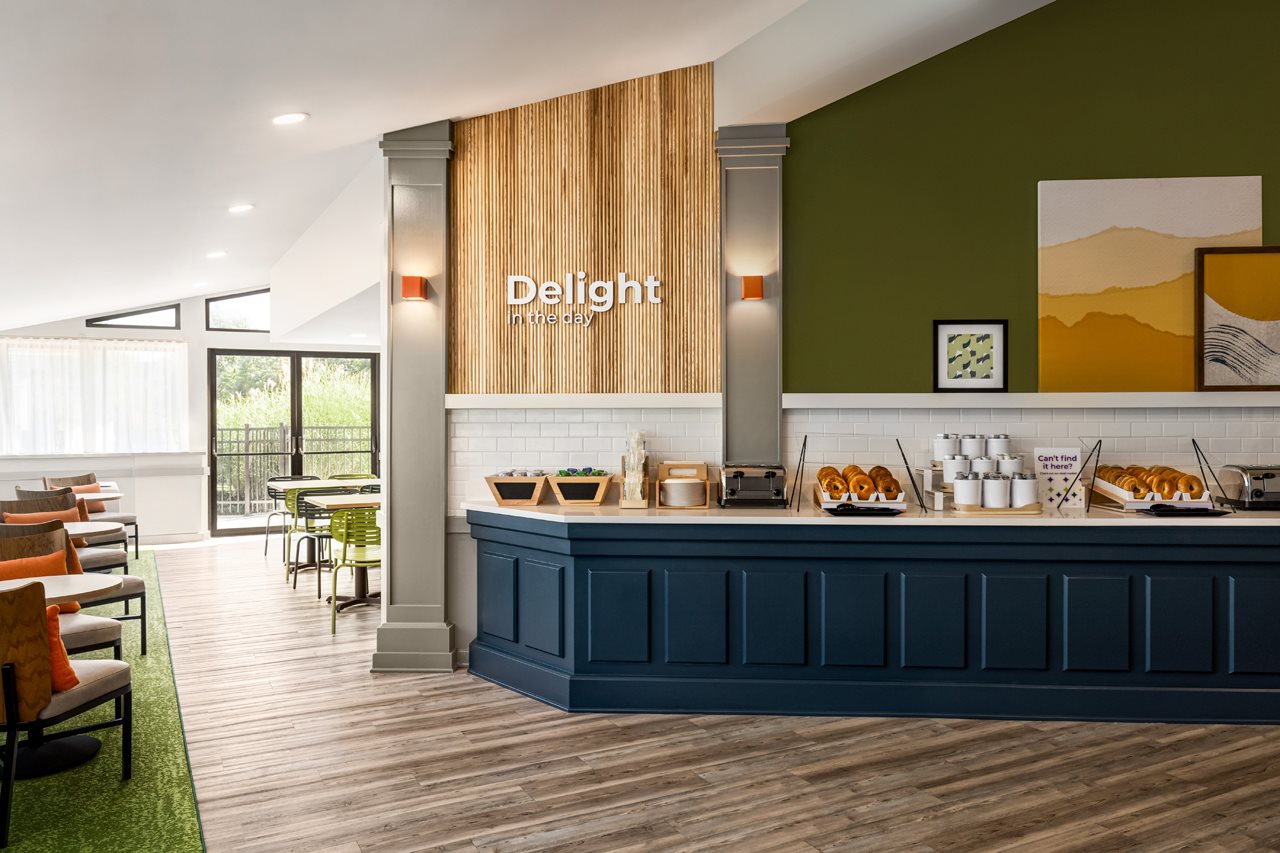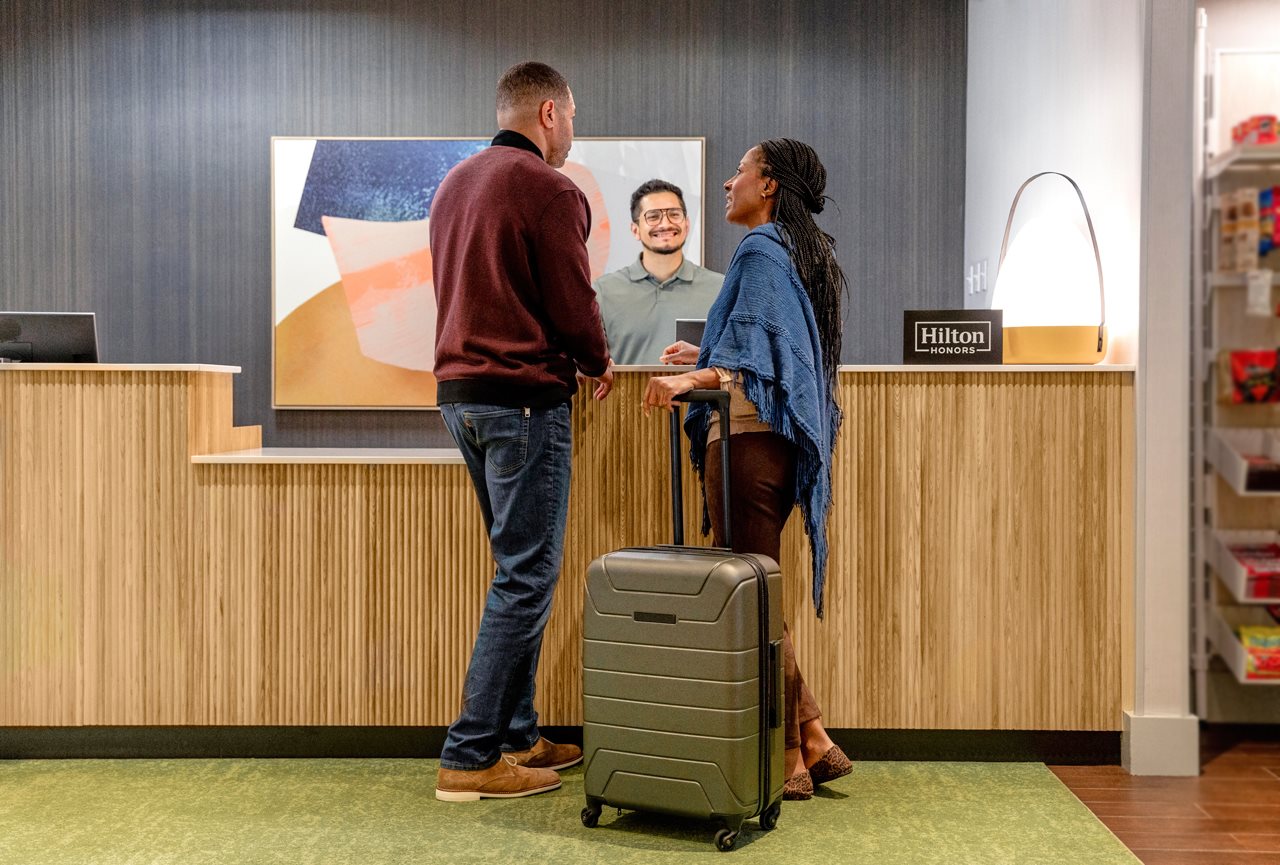2024-05-29T08:01:00
(BPT) – As the seasons change, a familiar moment of truth happens in many households. When you’re turning over your closets — putting away your sweaters until next year, and bringing out the t-shirts, shorts and sundresses — you begin wondering how your summer clothes mysteriously got one size smaller over the winter. And then the realization hits: your New Year’s resolution to exercise more and eat right has fallen by the wayside. It’s all too common. According to recent research out of The Ohio State University, only 9% of Americans who make resolutions stick to them. Some 23% quit in the first week and 43% quit by the end of January.
It’s not the resolutions themselves that are the problem. Exercising more is an excellent goal! It’s the motivation factor. How can you make healthy lifestyle changes that will stick? Dana Ryan, Ph.D., MA, MBA, director of sports performance, nutrition and education and Chair of the Herbalife Fitness Advisory Board at Herbalife, says it’s all about enjoyment, community and confidence.
“In my opinion, the magic ingredient that helps boost the motivation is making friends and becoming part of a community,” Ryan says. “The added accountability that friendships or fitness mates can provide can help to create long-lasting healthy active habits.”
The Ohio State research study found the same thing. Accountability is a key factor in sticking with positive changes. But, it’s about more than dutifully reporting in. Much more. Here are Ryan’s top three tips for making healthy changes in your lifestyle that stick, supported by research from the National Library of Medicine.
Choose an activity you enjoy while you’re doing it. It’s crucial to pick an activity you enjoy and that feels good to your body. This is a huge predictor of success, and it’s a typical area that people get wrong. When embarking on a fitness journey, many people focus on how they feel after the workout is over. A sense of accomplishment, that buzz of electricity, a rush of endorphins. But if you’re slogging through a workout — running on a treadmill as you watch the distance tick off, ever so slowly — to feel good after it’s over, it’s likely you won’t stick to it for long. Burnout will kick in quickly and you’ll be making excuses to skip the gym. Instead, find an activity that makes you feel good while you’re doing it.
Not sure what that is? Try different things. Take a yoga class, experiment with Pilates, book a few sessions with a personal trainer at the gym, join the rowing club on a nearby lake or river, rent a kayak for a few hours. Dust off your bike and get it tuned up, and take it for a spin. Find a pickleball club near you. Get those 10,000 steps in with a neighbor each morning. You’ll find something you like to do, guaranteed.
Stick with it past the learning curve. This is key. Give it a shot. It’s especially true if you’re trying a new activity. Didn’t realize how hard it is to hold the downward dog pose in yoga? Feel clumsy in a rowing shell? Can’t lift as much weight as you thought you could? Don’t sweat it. You don’t have to be perfect right away. Most people aren’t Serena Williams the first time they pick up a tennis racket. The secret is to give it a little time for your body to get used to those new movements. You’ll get better at it. Yoga will get easier, you’ll be able to bike farther, Pilates will feel more natural. It is at that point you’ll start to feel body confidence. And then you’re hooked.
Find a community where you feel recognized and supported. Here’s where accountability comes into play. But remember, it’s not about dutifully reporting in. It’s about finding a community to support your fitness goals. It could be a yoga class that you take at the same time each week, or a fitness club you frequent every day after work. It could be a workout buddy you meet up with at the park, a group of neighbors who walk together, a wellness coach who motivates you through your nutrition and fitness routine, or even your dog, who waits at the door each morning with his leash. Numerous studies show how finding community, even if it’s a community of just one other person, helps people achieve their fitness goals.
Each of these tips builds on and supports the others. If you pick an activity that you enjoy, you’ll experience a heightened emotional response and a greater release of the exercise-induced happy hormones dopamine and serotonin. This induced feeling of joy may encourage you to keep at it. If you keep at it beyond the learning curve, you’ll master body movement and feel confident, and that will keep you coming back for more. And if you do it with a buddy, it will elevate your social connections and encourage you further.
Even if those resolutions fell by the wayside, it’s not too late to pick them up! And watch how those summer clothes will magically become the right size again, just in time for the warmer weather.
